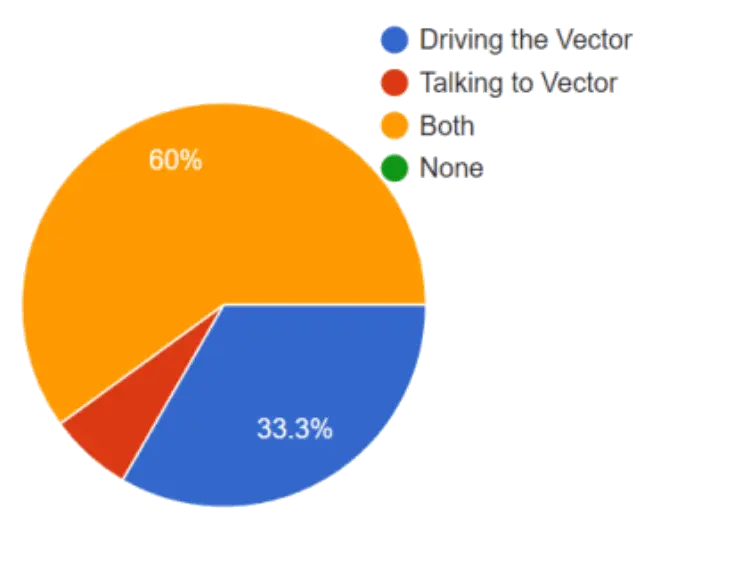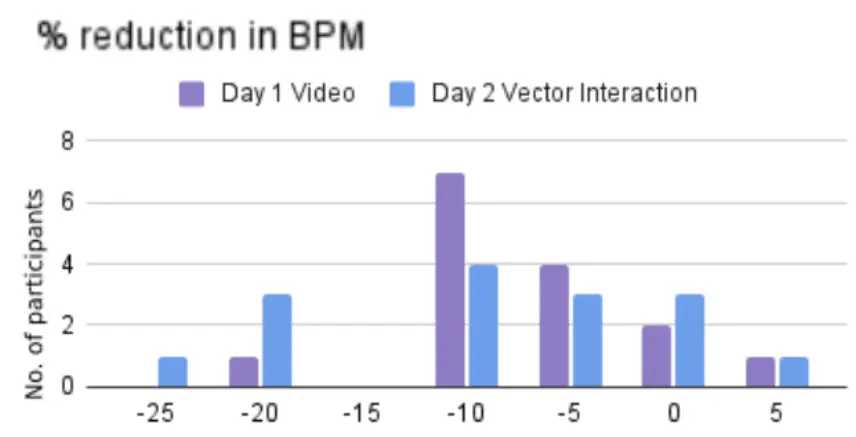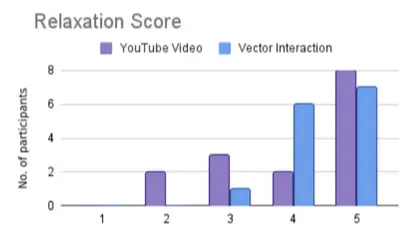Results
The study was conducted over 2 days as a within groups study. Participants were made to interact with the robot and a were made to watch a funny video as a baseline. Then their heart beats per minute were measured before and after these activities to corelate with their stress levels.
Even though we found a trend of more decrease in stress levels in the robot interaction, the p-value for the results was greater than 0.5. Thus, we were not able to reject our null hypotheses.
Conclusion
Our results indicate that SARs may be effective in reducing stress levels among college students when compared to conventional stress-relieving methods such as watching YouTube videos. However, statistical significance was not achieved, possibly due to various factors such as a small sample size of fifteen participants, which may have limited our ability to detect significant differences.





